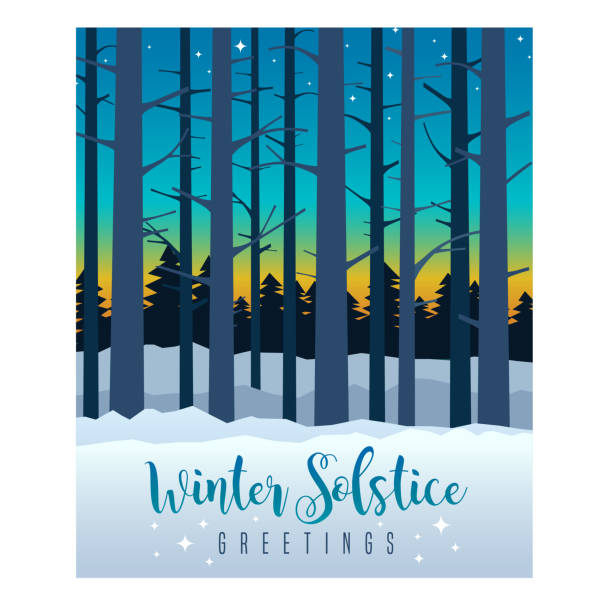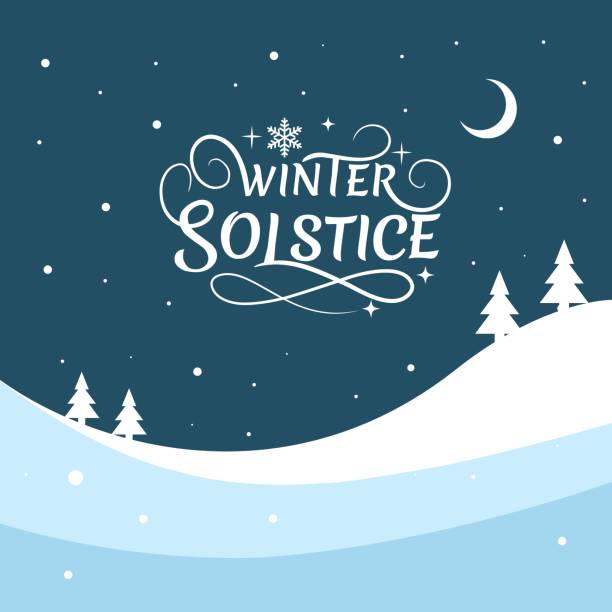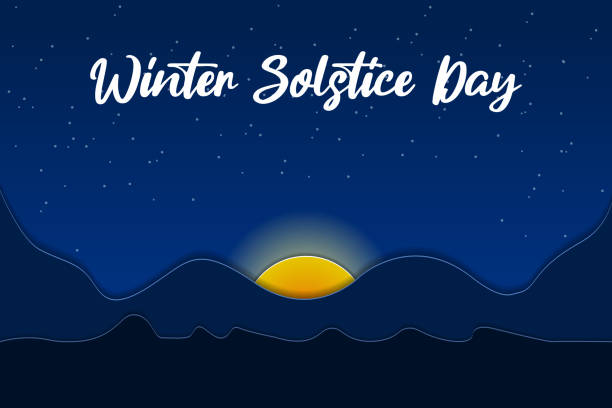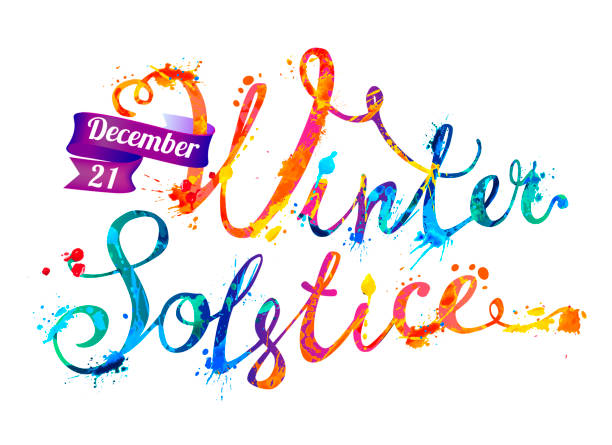Plan Your Holidays: Indian Raksha Bandhan Festival and Singapore’s National Day Both on 9th August 2025
Raksha Bandhan 2025 is on 9th August, Singapore’s National Day also falls on the same day! A perfect long weekend to celebrate!

When the North Pole of the Earth reaches its maximum tilt away from the Sun, it marks the winter solstice, also known as the hibernal solstice.
The maximum tilt of Earth's poles away from the Sun marks the winter solstice, also known as the hibernal solstice. Twice a year, once in each hemisphere (Northern and Southern), this occurs. The winter solstice, when the Sun is at its lowest daily maximum height in the sky, is the day with the shortest daylight and longest night of the year in that hemisphere.[7] At the winter solstice, both poles are perpetually dark or twilight. The summer solstice is the opposite occasion. The winter solstice happens during the hemisphere's winter. This is the June solstice in the Southern Hemisphere (typically June 20 or 21), and the December solstice in the Northern Hemisphere (usually December 21 or 22). The winter solstice is a brief event, but the day it falls on is also referred to by the word. Despite having many meanings, the term "midwinter" is also used to refer to the winter solstice. The winter solstice is traditionally observed as the midpoint of winter in many temperate places; yet, in other modern countries and calendars, it is seen as the start of winter. Other names for it are the "shortest day" or the "extreme of winter" (Dongzhi).

The winter solstice occurs when?
Although today is the shortest day of the year, there will likely be more daylight in the days to come. Winter is a time of cold, dark days for those who live in the Northern Hemisphere (above the Equator, such as the United States) and, if they're lucky, loads of snow for sledding! (See the facts about winter in Weird But True!) The precise moment when half of Earth is tilted away from the sun is known as the winter solstice. Usually, on December 21 or 22, it occurs globally at precisely the same moment. The winter solstice, commonly referred to as the shortest day of the year, is also the day of the year with the least amount of daylight due to less sunlight reaching Earth. The good news is that, starting after the winter solstice, each day will get slightly longer until the day with the greatest daylight hours arrives. Known as the summer solstice, it often takes place on June 20 or June 22. However, the winter solstice occurs in June for those who reside in the Southern Hemisphere. The reason for this is that below the equator, the seasons are inverted. For example, it can snow in July in New Zealand!

Seasons versus solstices
The winter solstice signifies the arrival of winter for a lot of people. However, there is a distinction between the first day of the winter season, known as the meteorological first day of winter, and the winter solstice, also known as the astronomical first day of winter. Based on temperature records, meteorologists people who study weather and climate determine the first day of winter each year. Winter in the United States lasts roughly ninety days. Scientists frequently correlate it with the calendar, i.e., winter occurs in late December, early January, early February, and early March.

Is the solstice visible to you?
Yes, in a way. If you look at your shadow at noon on the winter solstice, it will be the longest one you'll cast all year. This is the reason why: The sun makes an arc across the sky as it rises in the east and sets in the west each day. Throughout Earth's yearly orbit around the sun, the height of that arc varies. One pole of our planet is tilted towards the sun, while the other is tilted away from it, as it revolves around it. The North Pole is inclined away from the sun during the winter months in the Northern Hemisphere, giving the appearance of a low arc and a long shadow. In fact, the sun appears to rise and set in the same location during the days leading up to the winter solstice because it is so low on the horizon. For this reason, the Latin translation of solstice is "sun stands still."


Raksha Bandhan 2025 is on 9th August, Singapore’s National Day also falls on the same day! A perfect long weekend to celebrate!

"योग करें, निरोग रहें।" आप सभी को योग दिवस की हार्दिक शुभकामनाएँ! योग केवल शरीर को मजबूत करने का माध्यम नहीं है, यह मन को शांत और आत्मा को आनंदित करने का भी उपाय है। इस योग दिवस 2025 पर, आइए इसे अपने जीवन का हिस्सा बनाएँ और सभी को इसके महत्व से परिचित कराएँ।


Yoga Day, observed annually on June 21, is a celebration of the ancient practice of yoga that promotes harmony, balance, and well-being. It is an occasion for people worldwide to come together and embrace the benefits of yoga for the mind, body, and soul. In addition to yoga sessions, sharing heartfelt messages and inspiring images has become a popular way to spread the spirit of Yoga Day.

